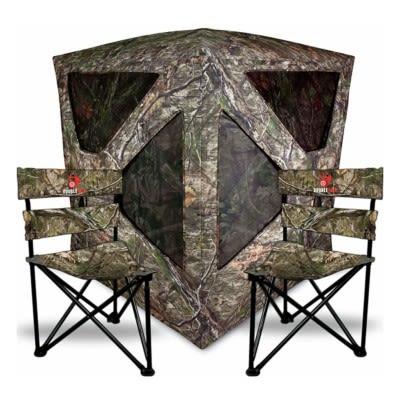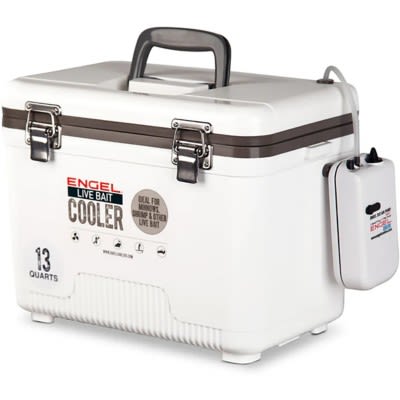There is a lot of talk about where the chinook are coming from, wild lake huron or stocked lake huron or both. I thought might be useful to re-connect on information I posted a couple years back with updated information.
Let's start with stocking in Lake Huron. There are two sources, Michigan and Ontario. We have exact numbers from Michigan. In 2017, the MiDNR stocked just short of 426,000 chinook into Lake Huron with all of these fish having adipose fin clip. Ontario operates differently. They contracted 4 clubs to stock chinook (LHFC Pt. Elgin, Gore Bay Fish and Game Club, Sydenham Sportsmen Asociation and Blue Water Anglers hatcheries). Pt Elgin and Blue Water Anglers put in a combined 450,000 chinook capacity. The other two hatcheries I can't find the data, but based on what is likely to be very similar setups the total Ontario stocking is probably maximum of 900,000 chinook (cross checked with what Marklevitz wrote has 900k as ~2x too high, see below). None of these ontario fish have a fin clip or cwt or otc etc. So total stocked into lake huron is around 1,300,000 chinook maximum (more probable 900K) of which only 1/3 to ½ are identifiable by fin clip. The total is very comparable in quantity to the Lake Michigan total of 1,370,000 in 2017. So, of the stocked fish in both lakes, 20% to 33% do not have an adipose fin clip.
Natural reproduction in Lake Huron is extensive just as it it is in Lake Michigan. No less than 17 rivers on Lake Huron have documented natural reproduction of chinook (smolts observed). Stephen Marklevitz PhD thesis and his references cover this in detail (https://ir.lib.uwo.ca/cgi/viewcontent.cgi?referer=https://www.google.com/&httpsredir=1&article=6098&context=etd). The hard part is actual yearly quantities of smolts from natural repro. From our own hatchery egg takes, we know that one female generates 5000 eggs (or more). Assuming we have 200 breeding pairs per river (This is the observed estimate for the Sydenham River) and a 10% survival rate (typical for good years) to smolt (interchangeable with fingerling), we would have 1.7 million fingerlings added to Huron per year. Lake Michigan numbers are undoubtedly similar or higher now that the bad spawn of 2012 has pretty much recovered. The spawning atlas for lake michigan can be found here, https://www.csu.edu/cerc/researchreports/documents/AtlasSpawningNurseryAreasGreatLakesFishesLakeMichigan1982.pdf. So we have 3.4 million smolts per year into the lakes from natural repro and 2.2 million to 2.6 million max from stocking. My numbers are higher than the LMC for a couple of reasons. First, I am assuming strong spawning years. Secondly, I include the Ontario stocking which I am not sure they do. LMC estimate is 4 million in 2018.
At the GLFC annual meeting at the end of May (videos and presos here: http://www.glfc.org/2019-lake-committee-videos.php ), Matt Kornis presented the results of the mass marking program. Using the clipped fish stocked by michigan into Huron, >80% of the 1 and 2 yr old clipped stocked fish were recovered in Lake Michigan. However, that was not the case for 3 yr olds. That number in 2018 was 25%. There are some data fidelity issues and as a consequence starting in 2018 all Michigan Lake Huron stocked chinook had clip and cwt.
Some conclusions can be drawn from all this information. First, there is a lot of natural reproduction in both lakes and it is undoubtedly larger than the stocking unless we have bad river conditions due to drought. Second, Ontario stocking is a minor factor in the Lake Michigan catch, just not enough numbers. Thirdly, a 1 or 2 yr old with no adipose clip is 50/50 on whether it is Lake Huron or Lake Michigan origin. Lastly, the latest data does not support 3 yr olds from Huron being recovered in Lake Michigan at high rates. I speculate we have selected out the fish that will hit our bait as 1 and 2 yr olds. The same holds true for all of the fish in the lake. It can be hard to catch a 3 yr old. I also speculate that this is additive/cumulative. Over time we are selecting out the fish that will hit our spreads and we need to be constantly changing.














